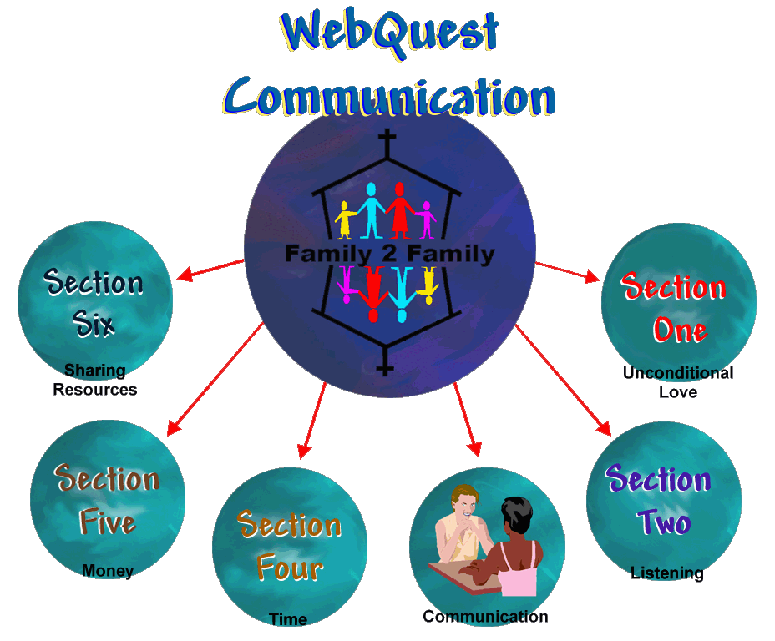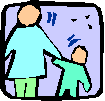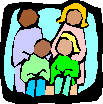Lets
see what we have learned!
Try
spreading positive gossip! Praise your spouse and your children
for the good things that they have done at work, to your friends,
even if they are not present to hear you. Words will get back to
them. Leave positive thank-you notes to them, and in this way learn
to communicate positive messages to each other.
Harsh
Words
I ran into a stranger as he passed by. "Oh excuse me please"
was my reply. He said, "Please excuse me too; I wasn't watching
for you." We were very polite, this stranger and I. We went
on our way and we said good-bye.
But at home a different story is told, how we treat our loved ones,
young and old.
Later that day, cooking the evening meal, my son stood beside me
very still. When I turned, I nearly knocked him down. "Move
out of the way," I said with a frown. He walked away, his little
heart broken. I didn't realize how harshly I'd spoken.
While I lay awake in bed, God's still small voice came to me and
said, "While dealing with a stranger, common courtesy you use,
but the children you love, you seem to abuse. Go look on the kitchen
floor, you'll find some flowers there by the door." "Those
are the flowers he brought for you. He picked them himself; pink
yellow and blue. He stood very quietly not to spoil the surprise,
and you never saw the tears that filled his little eyes."
By this time, I felt very small, and now my tears began to fall.
I quietly went and knelt by his bed; "Wake up, little one,
wake up," I said. "Are these the flowers you picked for
me?" He smiled, "I found 'em out by the tree." "I
picked 'em because they're pretty like you. I knew you'd like 'em,
especially the blue." I said, "Son, I'm very sorry for
the way I acted today; I shouldn't have yelled at you that way."
He said, "Oh, Mom, that's okay. I love you anyway. I said,
"Son, I love you too, and I do like the flowers, especially
the blue."
Are you aware that if we died tomorrow, the company that we are
working for could easily replace us in a matter of days. But the
family we left behind will feel the loss for the rest of their lives.
And come to think of it, we pour ourselves more into work than to
our own family, an unwise investment indeed, don't you think?
So what is behind the story? Do you know what the word FAMILY means?
FAMILY = (F)ATHER (A)ND (M)OTHER, (I), (L)OVE, (Y)OU




